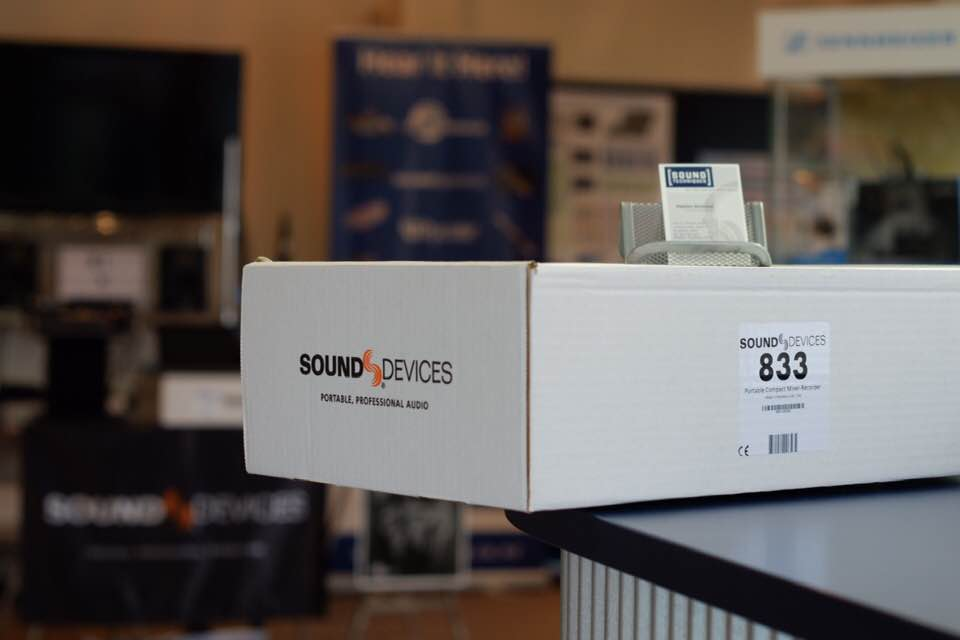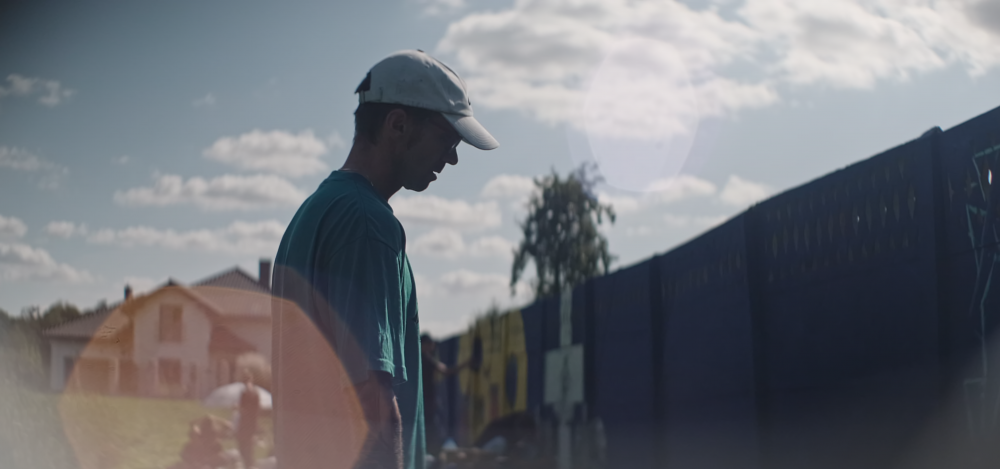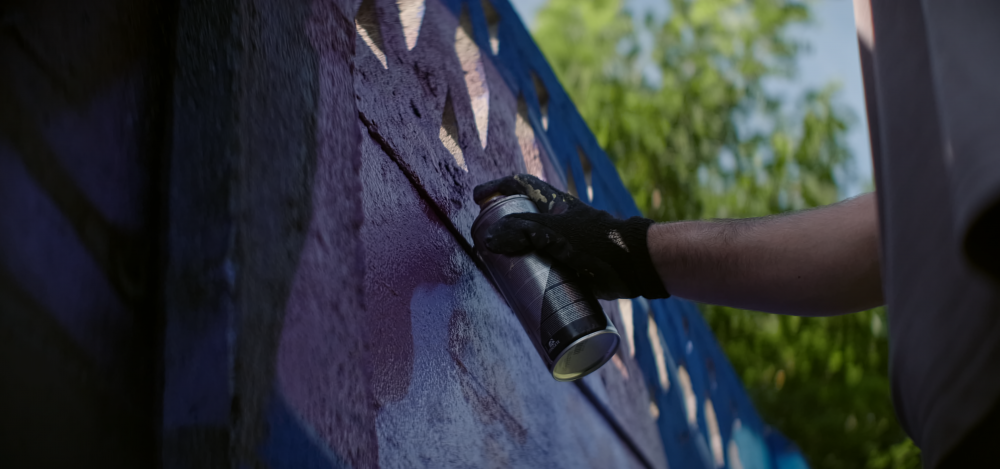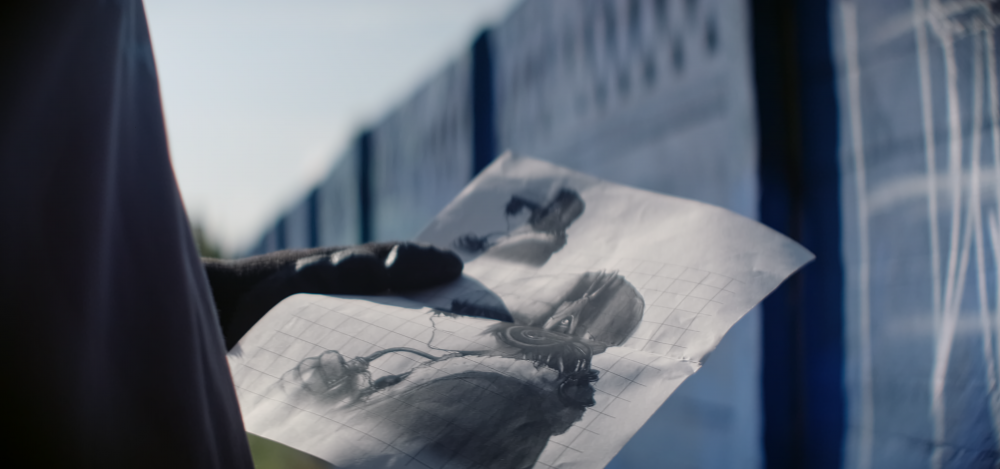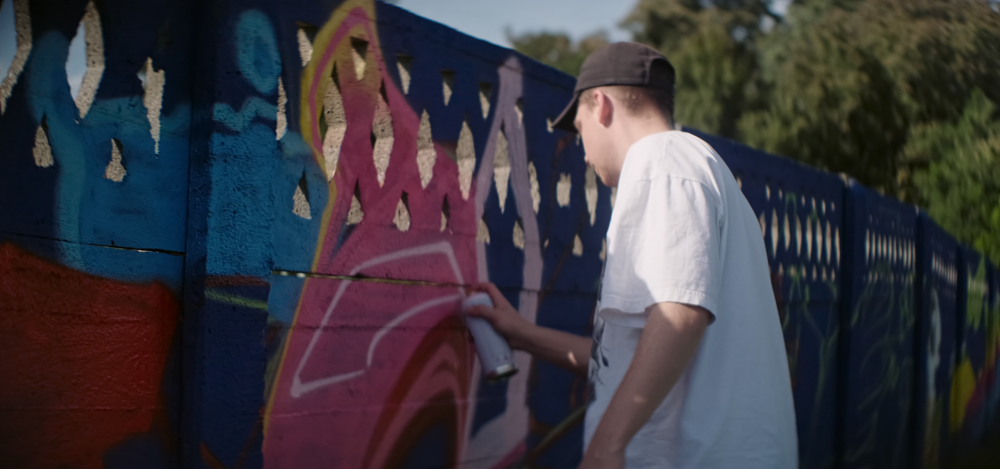Leaderboard
Popular Content
Showing content with the highest reputation on 09/30/2019 in all areas
-
Green tint from ND filter!
Mako Sports and 2 others reacted to newfoundmass for a topic
If you have the money get a nicer ND, but it's really not necessary. With a custom white balance and that $7.99 gray card I posted you'll be good to go. I'd just save the money!3 points -
For that sample I used a manual 7Artisans lens which has vintage characteristics. Except the Sigma 18-35 and some Tokina zooms for their versatility, I avoid modern lens designs (like the ultra sharp Panasonic/Leicas, for example). Regarding GFX 100's sharpness btw, here's a test I did yesterday comparing it to the BMPCC4k (more information on its youtube page, not via the video itself): https://www.youtube.com/watch?v=Efx6i5LMPK4&t=2s2 points
-
Left Sound Devices for the last few years (had my own 552 straight out of film school for a while, but then later on went F4/F8n/Maxx), although I'd still use a MM1 now and then on a semi regular basis whenever I was lucky enough to use a boom op. But now I've returned, just today got the 1st 833 in the country!2 points
-
Right, Emanuel requires from each (one and every)one entitled to here, gentlemen of a single Lady! : -D2 points
-
This. Agreed again. This sentence is probably the only point I disagree with you in your entire post. Even if a person's volume is going to be all over the place, it is better to conservatively set your gain (ideally set to dual levels, like can be done in the Zoom F series and most Tascams) and only end up having a small part of your audio ruined than to use AG and get it mostly ruined anyway. The only time I ever ever use AG is when I'm rushed and I just want to quickly set up the scratch mic on a camera, and I know this (the on camera audio) is audio which will never ever ever be used in the final edit.1 point
-
Autogain is when the volume is adjusted automatically up or down based on the volume of the input. For instance, if a speaker lowers their voice it will add gain to boost the audio. Automix handles the mixing of the audio automatically, fading in and out in the mix based on whether there's any audio or not. Think of it as what you do after you've set your audio gain / levels. Autogain and Automix aren't ideal. I'd only recommend using either as a last resort. When I'm a one man crew and am absolutely unable to monitor multiple audio recorders I'll use autogain unless I know the person knows to speak at a consistent level. They're not a substitute for having someone handling all of that.1 point
-
GH6 MONSTER Sensor Rumour by Adroidlad
kye reacted to Video Hummus for a topic
Thanks for pointing this out kye. I haven’t often thought of this advantage. I think it’s also one of the reasons having exceptional AF system on full frame and medium format are even more important. I’m talking about the S lenses. Watch this interview with Matt from Panasonic. At 54:00 minutes in Matt addresses how they are making the new S lenses. https://youtu.be/lQ2cuFfcWB8?t=54m The pro lenses Matt specifically says they are not parfocal but have parfocal abilities because they are doing some focusing tricks with the focusing elements, even in manually focus, to achieve parfocal behavior (timestamp at 56:00) A true optically parfocal lens would be huge. Like the fujinon cine lenses.1 point -
1 point
-

GH6 MONSTER Sensor Rumour by Adroidlad
Video Hummus reacted to kye for a topic
True, but some people are after better low-light rather than shallow DoF. In this sense, MFT is better than FF because an MFT lens at F1.4 will have an exposure around T1.4 and the DoF equivalent of a FF F2.8 lens, whereas the FF lens at F1.4 will have an exposure around T1.4 and the DoF of an F1.4 lens. This means that (ISO performance being equal, which is another whole topic) the MFT lens will have a deeper DoF than the FF equivalent lens at the same exposure, or you can stop down the FF lens to match the DoF but now you need a higher ISO on the camera. This is why people say that FF lenses are harder to focus manually, it's because if you match exposure values then the FF lens has a much thinner DoF than cropped sensors. In low-light this is an advantage of MFT lenses over FF.1 point -
Blackmagic Pocket Cinema Camera 4K
Kisaha reacted to Yannick Willox for a topic
Just for information, some quick tests. The L-ES014050 is the old 4/3 PanaLeica kit lens for the Lumix L1. The other lens is the new PanaLeica 12-60 mm. To compare it was around 15mm, not exactly the same field of view, but difficult to judge, as the distortion is already way higher. At 12mm it goes crazy, still useable for wide shots if you don't have anything straight near the edges. Now I have read that the Oly 12-100 has even more severe distortion then the PanaLeica 12-60 ? Does anyone know how we can use something like a lens profile in Adobe Raw (Adobe Raw does not have them for Panasonic lenses, as they are corrected in-camera) ? H-ES12060_12mm.mxf H-ES12060_12mm_bis.mxf H-ES12060_15mm.mxf L-ES014050_14mm.mxf1 point -
Jinni.Tech vs. RED Part 4 (1hr long)
Emanuel reacted to thebrothersthre3 for a topic
Survive yes but keep charging 30,000-60,000 maybe not. That goes the same for every camera company though.1 point -
I should also add that colour is purely subjective, so there's no such thing as "too saturated", only "too saturated for my personal tastes". Yes, lots of people will agree on such things, but lots of people think chocolate is better than strawberry for icecream but that doesn't make it a fact.1 point
-
Jinni.Tech vs. RED Part 4 (1hr long)
IronFilm reacted to thebrothersthre3 for a topic
considering their smartphone I doubt it1 point -
6K is the new 1440p, Convince me otherwise
kye reacted to thebrothersthre3 for a topic
Youtube is fine for me, I can watch things in 4k usually. Netflix automatically adjusts the resolution though so I don't have control. I only watch 4k on youtube if I am looking at an IQ comparison or something. HD looks fine as long as its a 4k upload. HD uploads are a bit too soft, especially if its a poorly lit video. Its really about the bitrate.1 point -
Green tint from ND filter!
Vision reacted to newfoundmass for a topic
Lightdow 12 x 12 Inch (30 x 30 cm) White Balance 18% Gray Reference Reflector Grey Card with Carry Bag [Folded Version] https://smile.amazon.com/dp/B00HT9MA1W/ref=cm_sw_r_cp_apa_i_sjwKDbJFCK8A6 That's the one I have. It folds up into a tiny little bag.1 point -
Do what you can in-camera and then remember you can tweak footage in post using Temperature (yellow/blue) and Tint (green/magenta) adjustments.1 point
-
Colour comes from many steps along the way, being finalised in post with corrections like saturation etc. Essentially, if footage is shot well enough for the codec being used (better codecs are more flexible) then you can (*almost) make any video have any colour you like by processing it in post. I say "almost" because there are a few limitations: the various filters in front of the sensor (including the RGB one) the processing in the camera itself how well the footage was shot and how good the codec is (10-bit, etc) the level of flexibility you have in your toolset (NLE, and other video processing software) the limitations of your monitoring (colour accuracy of monitors etc) the level of skill you have as a colourist In most situations it's the level of skill of the colourist that dominates how good the final result will be. The rule of thumb is that if you shoot it well by setting exposure and WB on set, shoot in suitable conditions (not crazy DR, no mixed lighting, etc) then you should be able to get good colour in post with only a few simple adjustments. Getting great colour requires everything to be almost perfect and a huge level of skill from the colourist, or just getting lucky. Hope that helps..1 point
-
Not really, Arri never lied about their sensor, they still lead technological developments, from light, to lenses, to camera, to gimbals. I m a blackmagic user (ursa mini G2), but it took almost 10 years for other companies to do something almost as good as Arri. I don t think they are overrated, they are just not accessible to the mass.1 point
-
Green tint from ND filter!
EthanAlexander reacted to thebrothersthre3 for a topic
Use the custom white balance function against a grey card.1 point -
I don't think 6k will be a delivery medium. However, I really like shooting in opengate mode on my GH5, it gives me so much lattitude in post.1 point
-
Jinni.Tech vs. RED Part 4 (1hr long)
EthanAlexander reacted to newfoundmass for a topic
I am related to a few! They very much talk about their tools.1 point -
6K is the new 1440p, Convince me otherwise
Thpriest reacted to newfoundmass for a topic
I think we're already seeing that, re: 8K. But I also think 8K is more of a gimmick than anything; it's a way to sell more TVs. Heck, I think 4K was largely the same thing, given those of us with 4K televisions still mostly watch Full HD video probably 95+% of the time. The push for higher and higher resolution has diminishing returns with each increase. The difference between SD and Full HD was massive, the difference between Full HD and 4K wasn't nearly as great given the size of screens most people have, and 4K to 8K is even smaller. If it was going to be adopted we'd have started seeing an influx of 6K televisions and monitors. It's a bridge, at best, between 4K and 8K. Yeah, those people are silly. Worse case you upscale and hardly anyone notices. Honestly even at 4K the data requirements are huge for wedding/event shooting. I wish my GH5 shot 2K! ?1 point -
6K is the new 1440p, Convince me otherwise
Thpriest reacted to Video Hummus for a topic
6K is the middle ground as a capture resolution. It makes 4K edits flexible in post while also being able to upscale to 8K without much problems at all. I think 8K is still entirely to heavy for almost anybody except huge production houses like BBC or National Geographic that archive high resolution footage for tv shows and documentaries. 8K will be marketed heavily to the CONSUMER in the next 5 years. Especially following the 2020 Olympics. Im not sure it’s very practical for 95% of other video professionals. If you shoot weddings with hours of footage, would you want to shoot in 8K? The data requirements would be enormous. Probably talking tens of terabytes. Youtubers? No way.1 point -
Yes and no : ) Just a figure. 4K won't be outdated as much as 1080p even today or 2K DCI or alike since ever.1 point
-

Speed Date // BMMCC Short Film
EthanAlexander reacted to Bozzie for a topic
Thanks, @mercer! Glad you enjoyed. The bmmcc definitely has that "special sauce" look. Don't ever get rid of it! Thanks, @mkabi. Ssshhh, don't give away the filmmaking secrets! ? That's exactly what it was. One man crew (me) with sound design. A bar tender and some people crossing camera would probably have sold the scene a little more, but unnecessary in terms of what I wanted to achieve ?1 point -
Z-CAM quietly announce 8k and 6k FULL FRAME cameras - no joke!
EthanAlexander reacted to newfoundmass for a topic
Honestly the more I see the more I like. I was very skeptical about ZCam but I'm glad they've made me eat some crow. I'm glad they exist, at the very least they're pushing things forward!1 point -
RED CEO Jim Jannard also ran Oakleys sunglasses and they sponsored Lance’s career. The link was never hidden ?1 point
-

Fuji X-T3 and X-T4 discussion
Vintage Jimothy reacted to heart0less for a topic
Just a few stills from my first proper anamorphic video and first video shot with X-T3. A friend of mine asked me to document a graffiti jam that he organised. Managed to get some nice shots, but getting a correct exposure during a sunny day was a huge PITA. Need to work on it. X-T3 (cropped 16:9 video, shot with HLG), Zhongyi Lens Turbo II, Minolta 58/1.4 (used at f/2.8), Isco Ultra Star, myFM, Tiffen Vari ND.1 point -
To be honest it's not even average. You have to study a lot and most important see great videos and search the way they did those. Catching a camera that is capable of decent to great image doesn't mean you are capable too. Don't give up and keep going.-1 points
-
Jinni.Tech vs. RED Part 4 (1hr long)
EthanAlexander reacted to Shaocaholica for a topic
Reduser still going on about how if Red cameras are just a pile of commodity parts then why don’t more companies do it which if they ignored their doublethink they would realize other companies are and that this isn’t at all the argument jinni is making. The mental gymnastics is 10/10.-1 points




